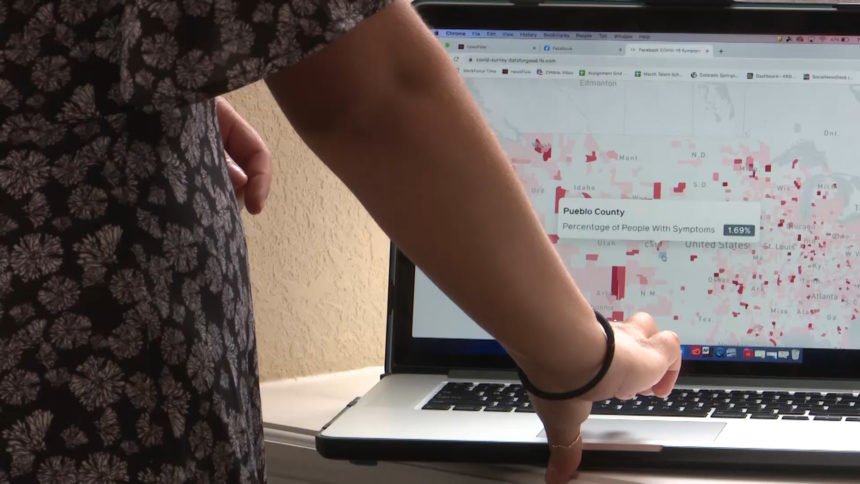As internet traffic surges during COVID-19 pandemic, how can you improve speeds?

COLORADO SPRINGS, Colo. (KRDO) -- Many of us have now been working from home for a little over a month due to the COVID-19 pandemic.
During that time, internet usage has skyrocketed. Comcast, the nation's largest residential provider, reported its traffic increased by 57 percent since March.
More people are now online as life outside is put on hold. With that, Comcast says the pandemic has brought new trends to internet usage. Video calls are up 212 percent and there's been a 27 percent increase in parental control activation.
While people might think the increase will give them a hard time, Comcast says it can handle the extra load. But if there is a need to make a connection stronger, they offer tips.
If you’re working from home, you want to make sure your office or workspace has plenty of WiFi coverage. To do this, put your gateway in a central location in the home to ensure it blankets the vast majority of your home with strong WiFi coverage.
To have the best internet connection during a video conference, have your laptop in the same room as your gateway.
Having a clear, unobstructed connection to the gateway will optimize the WiFi signal. Turning off high bandwidth devices like security cameras, if you aren’t using them, also helps reduce the WiFi load on your home.
The lights should be flashing on the gateway – this is a sign the signal is working.
With more cities, states and counties easing shelter-at-home orders, it believes traffic will continue. Many parents will be forced to continue working from home as schools remain closed for weeks.
But as parents learn to balance work and their kids, families remain a priority.
There has been a 75 percent increase in the number of times parents hit pause on their WiFi and there has also been a 213 percent increase in parents pausing WiFi during lunch (11am-2pm), a feature that is more typically used at dinnertime.
Because it's never been so important to stay connected, Comcast has tried to stay ahead of the curve. It also noted that downstream peak usage is now starting between 7 and 8 p.m. Instead of the previous start of 9 at night.


